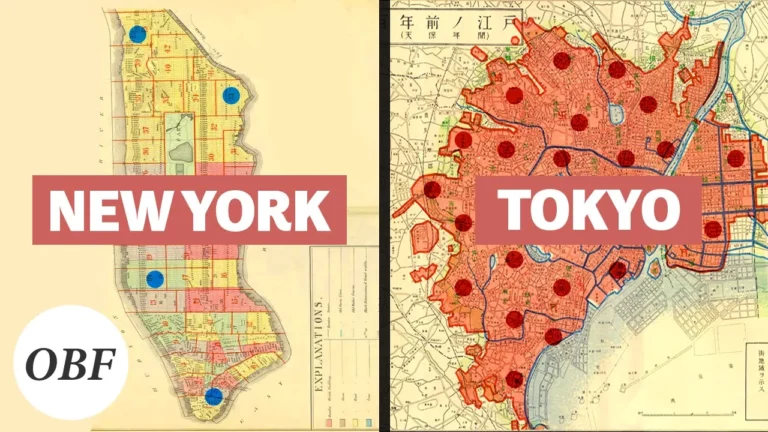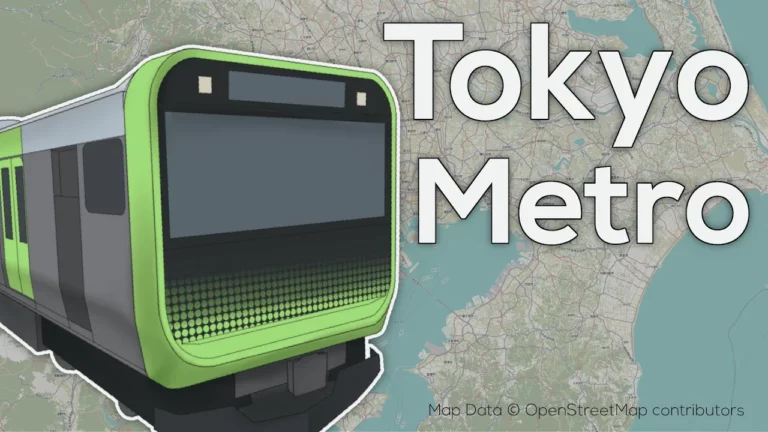
When it comes to high-speed rail, Japan’s Shinkansen—meaning “new trunk line”—stands uniquely apart from systems found in France, Spain, or China. Often dubbed the world’s most remarkable high-speed railway, the Shinkansen combines stunning infrastructure, exceptional service, and technical innovations that many countries aspire to replicate. Originating over half a century ago, it has maintained its status through continuous enhancements and expansions, forging connections across Japan’s four main islands: Honshu, Hokkaido, Shikoku, and Kyushu.
One of the defining characteristics of the Shinkansen is its standard gauge tracks, which allow for higher speeds and separate it entirely from Japan’s conventional narrow gauge railways. This designed incompatibility has propelled the Shinkansen to evolve independently, fostering a rapid rail network characterized by astonishing capacity. With frequency rates reaching up to every three minutes on peak routes, passengers experience swift, straightforward access to major urban centers such as Tokyo, Yokohama, Osaka, and beyond.
The iconic train models themselves are engineered for high performance. They feature a streamlined design that minimizes noise and offers comfort, catering to both everyday commuters and tourists. Safety is paramount; remarkably, there has never been a fatal accident on this network, thanks to the implementation of cutting-edge technology, including Japan’s offshore earthquake early warning system.
Service reliability is another focal point of the Shinkansen’s success, attributed to frequent departures and punctuality. Each line is equipped with advanced facilities; for example, the Tōkaidō Shinkansen allows seamless travel between Tokyo and Osaka—covering a distance of 515 kilometers in just two and a half hours on the fastest services.
The Shinkansen does not rest on its laurels; it continually seeks to expand its reach and improve its systems. The ongoing construction of new lines, such as the maglev line that promises unprecedented speeds above 500 kilometers per hour, highlights Japan’s commitment to leading the high-speed rail frontier.
Moreover, the Shinkansen network has inspired high-speed rail systems worldwide, influencing designs and operational standards in countries like Taiwan and China, which have adopted similar technologies. Japan is also collaborating with India to establish its first high-speed route, adapting its train designs to international conditions.
Ultimately, Japan’s Shinkansen is not merely a mode of transportation; it is a comprehensive attribute of Japanese culture, reflecting its values of punctuality, innovation, and dedication to service. Other nations wishing to refine their own rail systems could gain valuable insights from Japan’s model, emphasizing the importance of intelligent design and operational efficiency. In an era where high-speed travel continues to evolve, the Shinkansen remains a pivotal case study, underscoring the potential of rail systems to reshape transit and improve connectivity.











